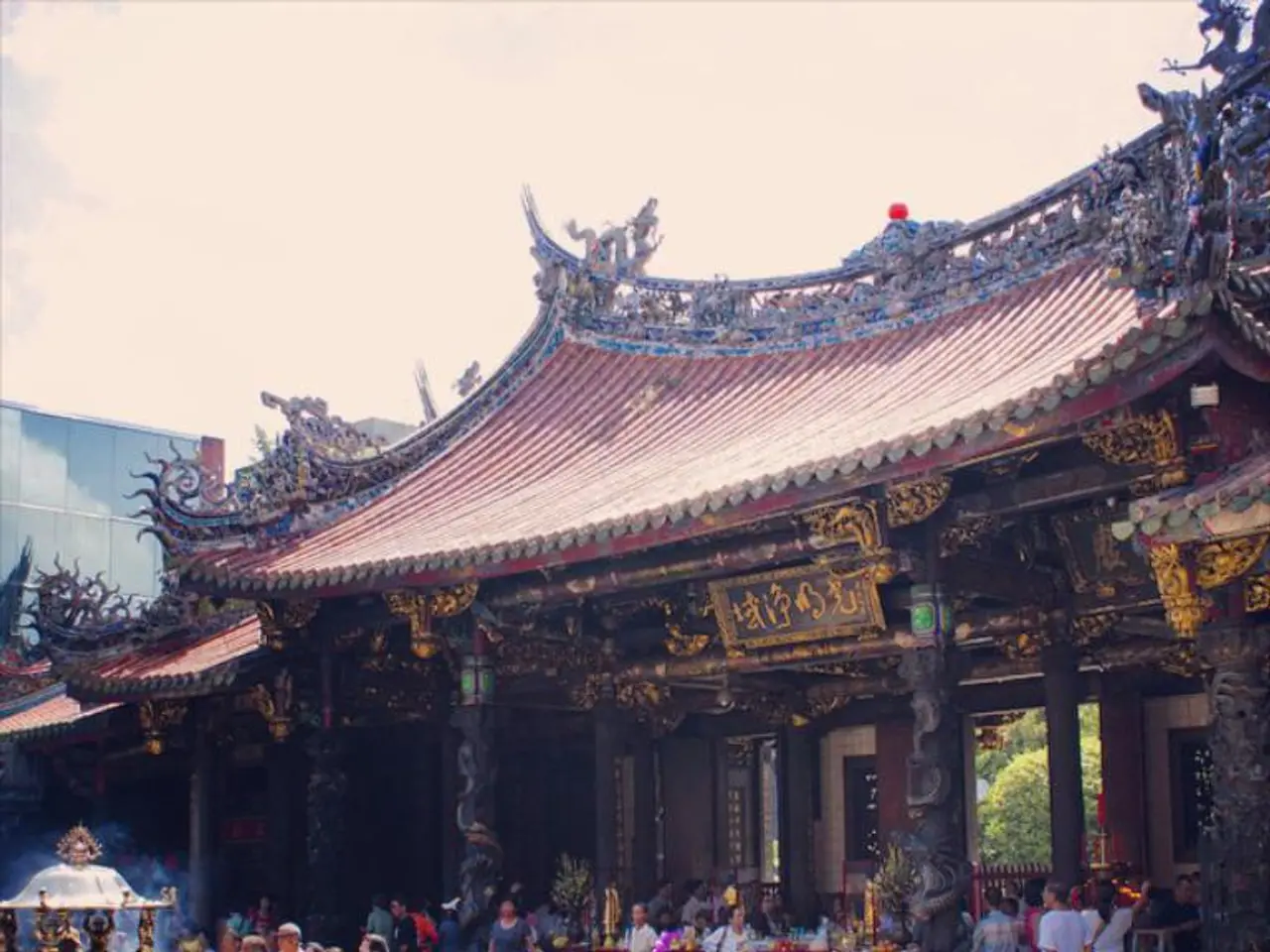Uncovering the secret spice recipes of Isiwara Ayurvedic Village
Tucked in the verdant heartland of Sri Lanka's central hills, the Oak Ray Isiwara Ayurvedic Village in Matale offers an immersive experience into the island's ancient healing practices. This is not just a tour; it is a dive into the ecosystem of traditional remedies, with local guide Chandena providing a skilled and quiet exposition of their cultivation and use. Among the plants drawing visitor attention are nutmeg, Ceylon cinnamon, red pineapple, aloe vera, and a hands-on curry-making lesson.
Nutmeg: the spice with seafaring roots
Long prized for its flavor and medicinal value, nutmeg also boasts a seafaring legacy. During the late 15th and early 16th centuries, Portuguese explorers discovering the Indian Ocean under Vasco da Gama were particularly struck by the abundance of nutmeg in Sri Lanka, leading them to refer to the island as "Nutmeg Island."
Chandena explains the value of nutmeg, particularly for sailors who found relief from seasickness when they chewed it. It helped prevent vomiting and protect the stomach. Even today, the spice holds its reputation as a natural digestive remedy. A traditional home remedy involves grating a small portion of nutmeg and mixing it with lime or lemon juice and a little water. If suffering from food poisoning, stomach pain, or diarrhea, this drink can offer rapid relief in as little as 10 to 15 minutes and even kill bacteria like salmonella.
Nutmeg remains a key ingredient in Ayurvedic detox treatments and maintains value in both cooking and natural medicine.
Cinnamon: the essence of the island
Ceylon cinnamon, known locally as "true cinnamon," is one of Sri Lanka's most iconic spices. Unlike cassia cinnamon, which is thicker and spicier, Ceylon cinnamon is thin, soft, and curls easily into elegant quills. "We don't use cassia here," Chandena says. "Our cinnamon is sweeter, cleaner, and healthier. You can even chew it directly."
At the village, visitors can witness a skilled local peeling back the bark to reveal the fragrant inner layer. Once dried and rolled, the cinnamon bar can be infused in tea, simmered into rice, crushed into curry, or chewed as a natural breath freshener. Medicinally, it supports blood circulation and helps balance blood sugar levels.
Back home, I now use a cinnamon bar every morning in my coffee. It adds a smooth, aromatic depth that makes the flavor feel both indulgent and healthy.
Red pineapple: detoxifying soil to body
Close to the spice garden, red pineapples stand out with their striking color and medicinal use. This variety is rich in bromelain, an enzyme that aids digestion and helps the body eliminate toxins.
Chandena explains, "We dry the fruit and powder it. Then we mix it with turmeric and Ceylon cinnamon. Together, they detoxify the body and reduce inflammation." These blends are made into tablets and teas, forming part of the daily health routines promoted in Ayurveda.
Aloe vera: a faithful companion for the skin
Along a shaded pathway, a plot of aloe vera thrives. The thick green leaves are cut on-site, revealing the soothing gel inside. "This is for the skin, for burns, for hydration," Chandena says, squeezing the pulp into my hand.
Aloe vera is not just grown here; it is processed into oils, lotions, and creams, all made with natural ingredients. These products are popular among visitors, particularly those looking for chemical-free skincare solutions.
Before leaving the village, I picked up two bottles of their Natural Aloe Vera lotion. Back home, it has become a staple in our family. Everyone loves it-for dry skin or just daily care. A true success.
The authentic curry experience: a moment to savour
For me, the most memorable part of the afternoon took place in a small, open-air kitchen at the center of the village. A local woman stood by a grinding stone, gently pressing aromatic seeds and herbs. She smiled as she handed me a plate and invited me to take part in making a real Ayurvedic curry.
The blend included six core ingredients: cumin, coriander, clove, anise, black pepper, and fennel. As she ground them together, the scent filled the air.
"These spices balance your body," Chandena said. "Clove warms the blood and removes bacteria from meat. Coriander strengthens the immune system. Cumin and anise help with digestion and stomach problems. If you eat this kind of curry every day, your body will become balanced. You won't need modern medicine."
He added that supermarket curry powders often rely on turmeric or paprika for color, but that Ayurvedic curry avoids heavy use of chilli. "We prefer black or white pepper. It is better for digestion."
A perfect finish: massage and sustainable products
After a full afternoon of exploring, learning, and tasting, visitors can enjoy a traditional Ayurvedic massage. Performed by trained therapists using locally made herbal oils, the treatment is based on efficient Sri Lankan techniques focused on restoring energy flow and easing muscle tension.
Before leaving the village, make sure to stop at the shop. It offers more than 40 sustainable products made directly at Isiwara-from spice blends and teas to skincare and oils. Each item supports local artisans and carries the essence of what visitors experience during the tour.
- Nutmeg, with its seafaring roots, was once so abundant in Sri Lanka that the island was nicknamed "Nutmeg Island" by Portuguese explorers.
- Nutmeg, beyond its flavor, has medicinal benefits, serving as a natural digestive remedy and providing relief from seasickness.
- Ceylon cinnamon, Sri Lanka's iconic spice, is used extensively in the island's homes, teas, curries, and as a breath freshener.
- Red pineapples, rich in bromelain, are grown locally and used in Ayurverdic detox treatments, helping the body eliminate toxins and reduce inflammation.
- Aloe vera, processed into oils, lotions, and creams in the village, offers chemical-free skincare solutions and soothes burns and hydrates skin.
- An authentic Ayurvedic curry experience allows visitors to participate in making a curry with balanced spices like cumin, coriander, clove, anise, black pepper, and fennel.
- The tour concludes with a traditional Ayurvedic massage, performed by trained therapists using locally made herbal oils, to restore energy flow and ease muscle tension.
- Before departing the village, visitors can purchase sustainable products made at Isiwara, including spice blends, teas, skincare, and oils, supporting local artisans and taking home a piece of their island experience.




